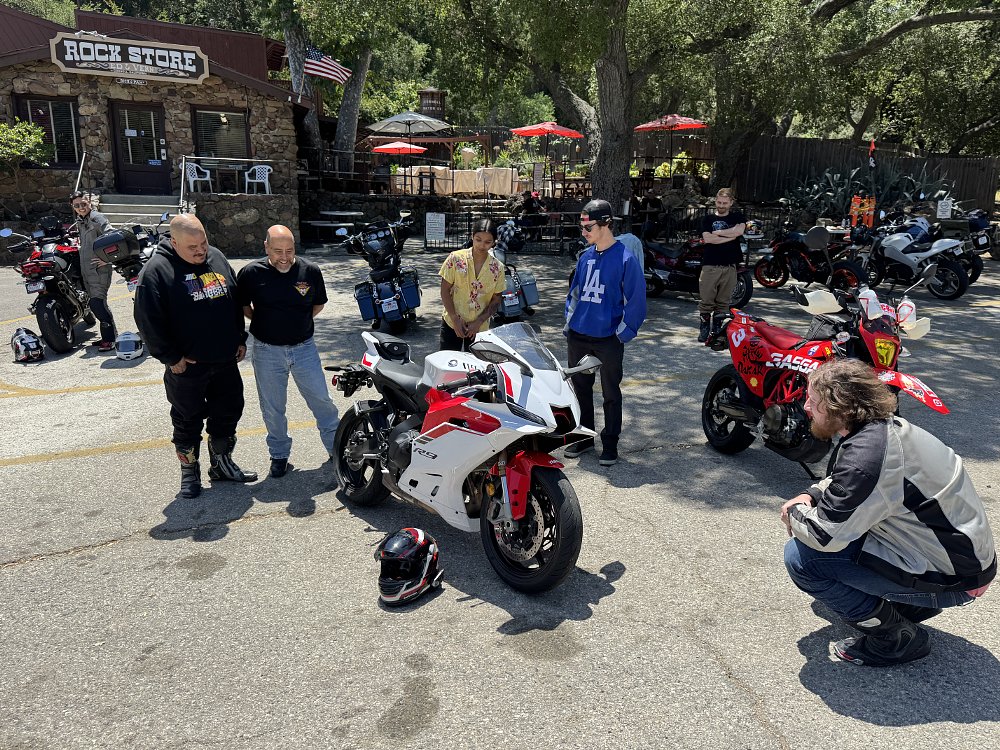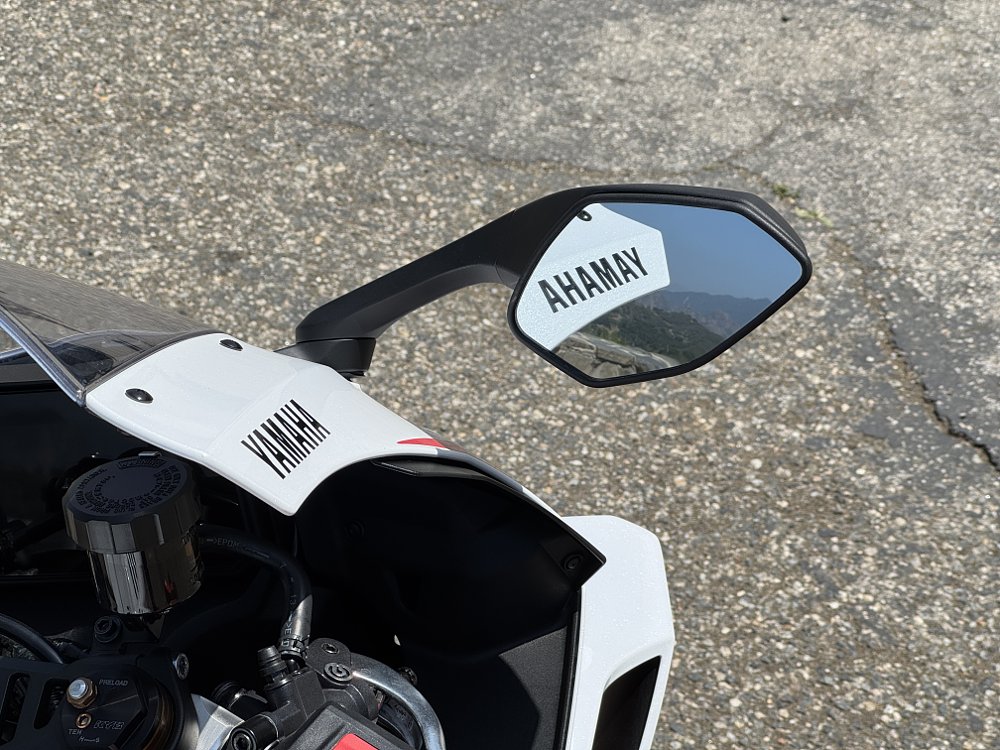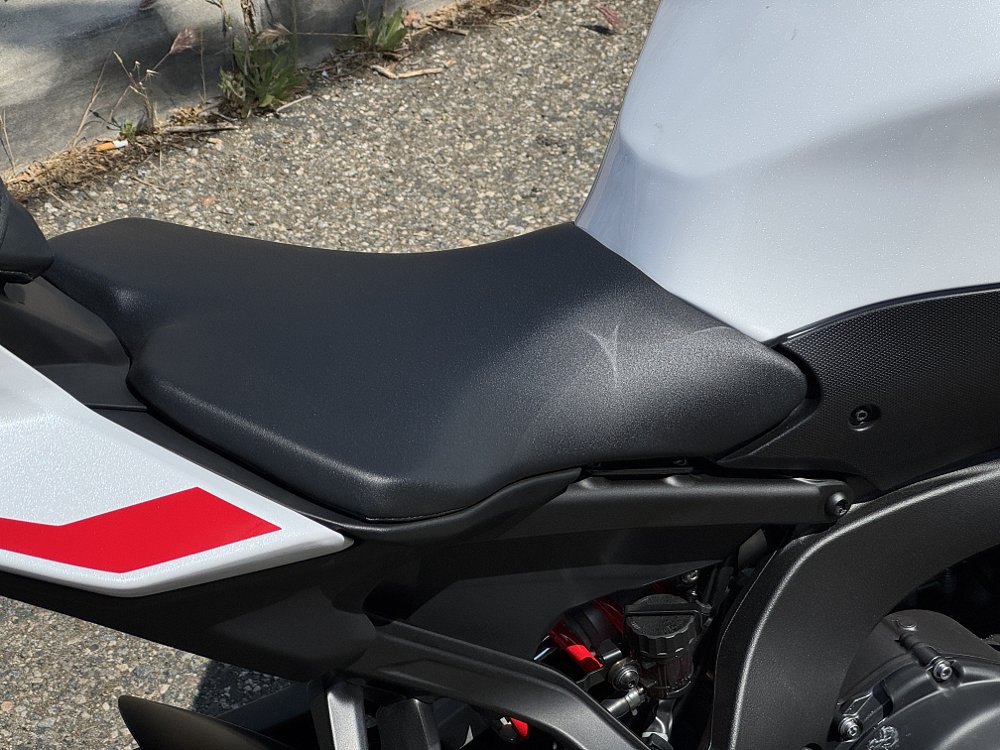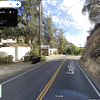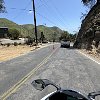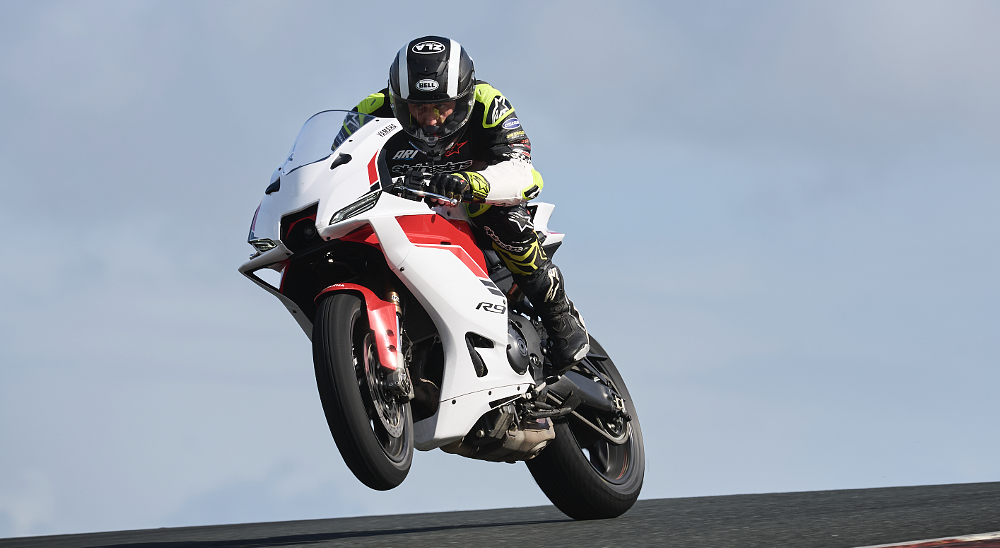“How do you like it?”
“Is it as fast as an R6? Or the R1?”
“Would you get this or a Street Triple?”
The YZF-R9’s arrival at the legendary Rock Store in Malibu sparked a flurry of questions.
These queries and many others were already swirling in my head, and had been since I attended the YZF-R9’s press launch back in March. That circuit-based test confirmed the R9’s trackworthiness, but R9 riders will likely spend most of their time on the street, and I didn't get the chance to try the new triple on public roads until recently.
Context is crucial
After 3.0 gallons of gas and 130 miles that spanned everything from freeway cruising to iconic canyon roads, my opinion of the R9 has shifted dramatically. It’s a reminder that context is crucial when evaluating a motorcycle, and while I knew my time at the track had left some stones unturned, my assessment of the R9’s streetability was way off base.
As it turns out, the Yamaha’s “street-friendly ergonomics” are still fairly aggressive. When I wasn't leaning off the bike like I was at the track, I was carrying a lot of weight on my wrists and there was a bend in my knees that had me feeling pretty uncomfortable after a full day in the saddle. When I complained about the riding position to my buddy during the freeway slog home, he replied with “I bet. I’ve been staring at the soles of your boots all day.”
Compared to the R6 and other supersports, the R9 is certainly more tame — the seat is lower, the reach to the clip-ons is shorter, and the grips themselves are higher, among other tweaks — but again, context is key. Nakeds, ADVs, and other bikes with an upright riding position are the norm these days, not purebred sport bikes, so the R9’s ergos feel extreme by modern standards.
Thrust or bust
Sore knees aside, the real crux of Yamaha’s “accessible performance” promise is that 890 cc three-cylinder engine. It is absolutely and without a doubt a better street engine than a high-strung 600 cc inline four, and Yamaha’s bi-directional quickshifter is perfectly calibrated for buttery shifts. However, the way the engine lags in second gear feels an awful lot like an R6 before it comes up on the cams.
Another factor here is that this bike is geared taller (by two teeth on the rear sprocket) than the MT-09, so there’s less thrust at the rear contact patch to begin with. That makes the second-gear hole feel slightly less pronounced on the R9, but at the expense of acceleration in every gear.
Riding through the Santa Monica Mountains I frequently wanted to be in second, but instead found myself revving out first and bumping into the 10,500-rpm limiter or short-shifting to third and wishing for more grunt. Yamaha’s solution to whatever emissions test it has to meet is seriously undermining the flexibility that’s made the CP3 a fan favorite for over 10 years.
If I bought an R9, the ECU would immediately get reflashed to fix the throttle response, and I’d likely re-gear it to optimize acceleration for the kind of roads I like to ride.
This, or….?
Which brings us to a question that surfaced several times while kicking tires at the Rock Store: Would I buy one?
The short answer is no, not as 40-year-old Ari. Dreadlocked, 24-year-old Ari would have sold a kidney for this thing, then slammed out 300-mile street rides without a thought for his knees or wrists, or how that beer with dinner would make him feel in the morning.
I’m thrilled that the YZF-R9 exists and that it, along with bikes like Yamaha’s own YZF-R7, Suzuki’s GSX-8R, Aprilia’s RS 660, and Ducati’s Panigale V2, represent a shift toward more torquey, practical, less committed twin- and three-cylinder sport bikes. I fully endorse that trend and think it has done and will continue to do good things for the segment.
But my personal opinion is that the only benefits of full-faired bikes with a quasi-crouched riding position are aesthetics and control, and that control only comes into play at 9/10ths pace at the track. If you spend most of your time on the street, you want a handlebar.
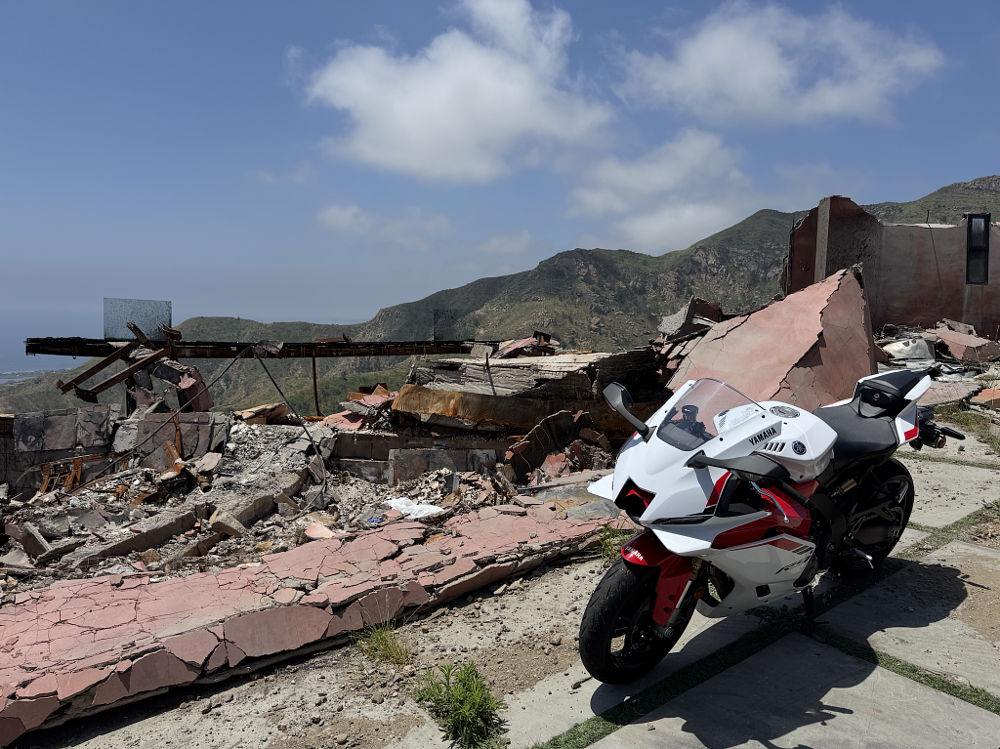
So for the same $12,500 that the R9 costs I would likely get an up-spec Triumph Street Triple RS, which also has a brawny and sweet-sounding three-cylinder engine, is just as capable on the track, and has much better ergos for the street.
Again, that’s just my opinion as a maturing rider, and one thing I’ve learned is that the desires of the heart often win out over the rationale of the head, especially among younger riders. American motorcyclists of a certain demographic just gotta have a full fairing, and the R9 delivers all the style of a race replica with an engine that (mostly) makes sense and a riding position that’s closer to reasonable than anything anyone had access to a decade ago.
| 2025 Yamaha YZF-R9 | |
|---|---|
| Price (MSRP) | $12,499 |
| Engine | 890 cc, liquid-cooled, 12-valve, inline three-cylinder |
|
Transmission, final drive |
Six-speed, chain |
| Claimed horsepower | 117.0 horsepower @ 10,000 rpm |
| Claimed torque | 68.5 foot-pounds @ 7,000 rpm |
| Frame | Aluminum twin-spar |
| Front suspension | KYB 43 mm fork, adjustable for preload, high- and low-speed compression, and rebound damping; 4.7 inches of travel |
| Rear suspension | KYB shock, adjustable preload, high- and low-speed compression and rebound damping; 4.6 inches of travel |
| Front brake | Dual Brembo Stylema four-piston calipers, 320 mm discs with ABS |
| Rear brake | Nissin single-piston caliper, 220 mm disc with ABS |
| Rake, trail | 22.6 degrees, 3.7 inches |
| Wheelbase | 55.9 inches |
| Seat height | 32.7 inches |
| Fuel capacity | 3.7 gallons |
| Tires | Bridgestone Battlax Hypersport S22, 120/70R17 front, 180/55R17 rear |
| Measured weight | 432 pounds |
| Available | Now |
| Warranty | 12 months |
| More info | yamahamotorsports.com |

 Membership
Membership


